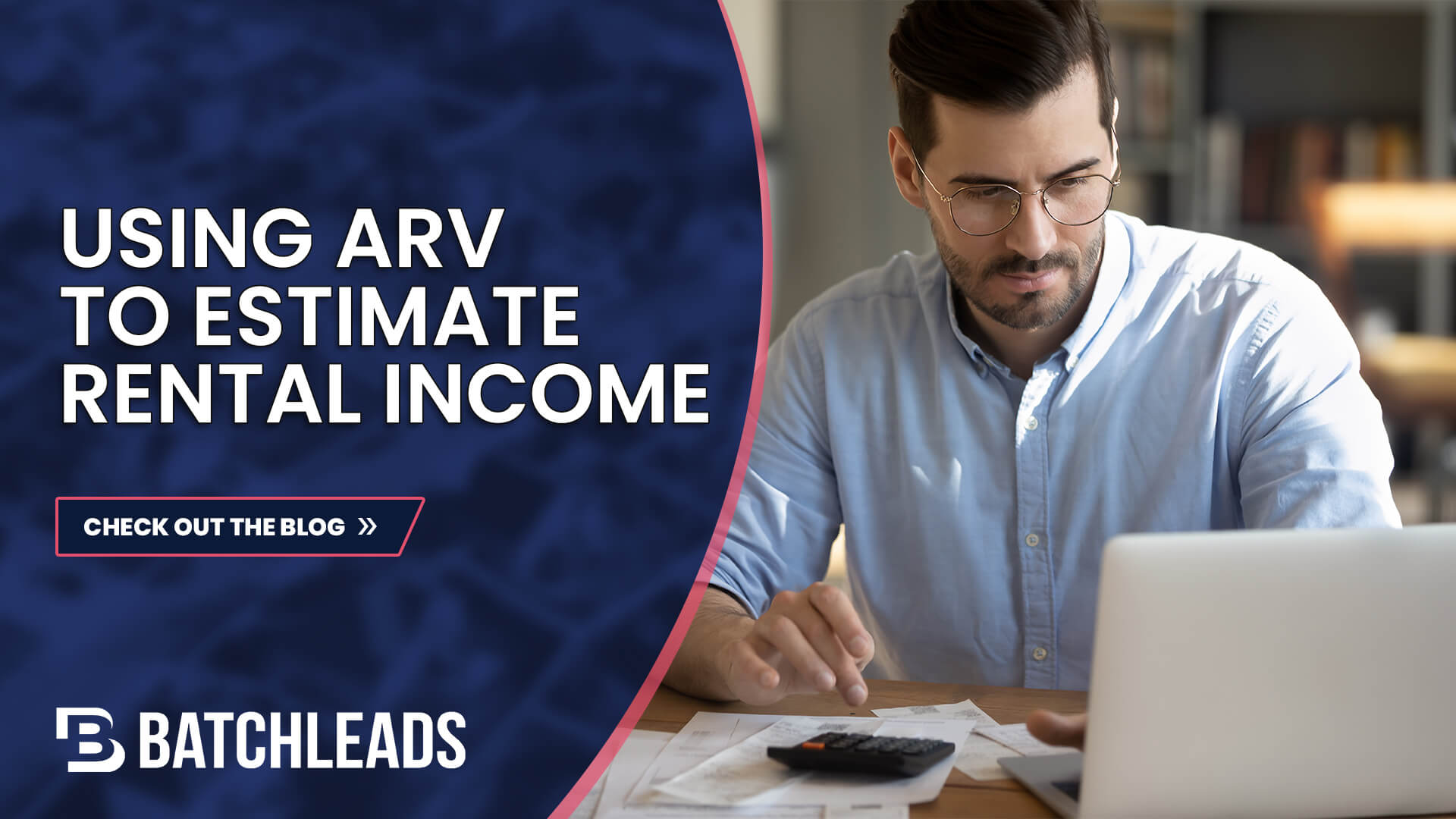Buying a property without knowing how much money it can bring in is a cardinal sin in the world of real estate investing. There’s no better way to leave yourself upside down with a massive liability hanging over your head.
So understanding a property’s potential before you buy it is crucial. To do that, you’ll need to understand how much you can rent a property for, and to figure that out you’ll need to know what it will be worth once you repair it. This number is known as the after repair value (ARV), and it’s one of the most important numbers when you’re investing in real estate.
We’ve created this guide to leveraging ARV in real estate so you can make smarter investments, maximize your ROI, and identify rental properties that are worth your money.
Understanding ARV in real estate
The first step to calculating how much a property is worth is understanding what ARV is. The after repair value of a property is a numerical estimate of what a property can sell for once it’s been rehabbed or renovated.
To calculate this number, you’ll start by gathering recently sold comparable properties and compiling their sale prices. Comparables (more frequently known as comps) are properties within a 1-5 mile radius of your deal that have similar square footage, lot size, room count, and feature set.
Once you find enough comps, you can determine the ARV. To do this, you’ll average their sales price per square foot then multiply it by the square footage of your deal.
ARV = Average Price Per Square Foot X Square Footage of Deal
Of course, finding the information you need to calculate a property’s ARV can be difficult without the right tools. If you want to simplify it and speed up your workflow, use a comping tool like the one built into BatchLeads. Having access to home sales data, an auto-comp finder, and an ARV calculator means you won’t have to rely on a real estate agent. It will also ensure you have accurate information so you can proceed confidently once you know a property’s ARV.
See how BatchLeads makes comping simpler and faster.
Using ARV to determine rental income potential
Once you’ve calculated the ARV of a property, you can use it to determine how much rental income you can expect to make. As a rule of thumb, the more a property is worth, the more you can rent it for.
Thankfully, this step doesn’t require much math. In general, your monthly rental price should fall between 0.8% and 1.1% of a property’s ARV. For example, if you have a property that’s worth $140,000, you can charge around $1,400 a month for it.
However, you should keep your expenses in mind. If you’re entering into a mortgage to buy the property, then you’ll have monthly payments. You’ll also need to account for insurance costs, property taxes, and maintenance. Finally, if you want to use this property to build a passive income stream, then you may need to factor in property management fees and maintenance costs.
All of these expenses can quickly add up and make your initial rental estimate unprofitable. To make money off of the property, you may need to increase the monthly rent. But if the house or surrounding areas aren’t attractive enough to renters, you could end up with a vacancy.
This situation is rare, but it is a great illustration of why you need to calculate the ARV of a property and use it to evaluate your opportunities. If you buy real estate blindly, you could lose money instead of making it.
Using the 70 percent rule to make smart investments
Once you determine a property’s ARV and use it to evaluate whether or not a deal is worth pursuing, there’s one final step you need to take: putting the 70% rule to work.
This is a real estate rule of thumb that you can use to determine how much you should spend on a property. Simply put, the rule states that your maximum purchase price shouldn’t exceed 70% of the property’s ARV. Depending on how extensive the repair needs are, you may need to bid even lower than 70%.
Following this rule protects investors if they exceed their estimated repair costs or if the cost of repairs suddenly increases. It also protects them from a loss if the property is vacant for an extended period of time or a sudden shift in the market occurs.
To use the 70% rule and calculate your maximum purchase price, you can use the following formula:
Highest Offer = (ARV X 70%) – Repair Cost
It’s important to know that not all investors are advocates of this rule. At times, it can hold you back from a great deal. The most important thing you can do as a real estate investor is look at all your options and analyze them carefully. Sometimes you’ll discover that a deal is even better than you thought. Other times you’ll discover that a property is a money pit waiting to swallow your investment whole.
Conclusion: the role of ARV in real estate investing
In real estate investing, ARV plays an important role in determining how profitable a property can be. Not only is it a great way to understand how much money you can make, but it will also alert you to unwise deals before you commit to them.
However, it’s important to note that you shouldn’t rely solely on numbers when making investment decisions. Comps and the 70% rule are only estimates, and there are several other factors, such as changing market conditions, that can affect what a property is actually worth.
The bottom line is that you can’t find profitable investments without understanding ARV in real estate. Comparing similar properties and finding out how much a property is worth early on will allow you to make informed decisions about what to purchase and at what price.
It will also help you estimate a property’s potential and determine how much money it can bring you each month in rent. If you leverage the ARV formula and the 70% rule in the right ways, you’ll be well-equipped to capitalize on profitable investments and steer clear from the dreaded money pit.



